I did pistol squats every day for a week - and while they were seriously challenging, my legs have never felt so strong
Fire up those glutes and quads with this elevated squat move.


It's no news to anyone that I love a fitness challenge. So, when I was asked to try out a pistol squat challenge, where I practised the move every day for a week, I jumped at the chance. An opportunity to be competitive with myself and get fitter and stronger in the process? Yes, please.
However, my last squat-related trial (the fearsome shrimp challenge) revealed some gaps in my abilities (ie, it ended in failure - but, we move) so I was intrigued to see if my strength and mobility had improved at all since then. And what better way to test them, than a pistol squat?
For the record, they're not quite as scary as they sound. But if you've never come across them before, a pistol squat is a fairly advanced move, involving a single-leg squat with the non-squatting leg stretched out parallel to the floor. So far, so simple, right? Wrong.
"It's important to understand the difference between a pistol squat and a single-leg squat," explains personal trainer at Freeletics, Rown Clift. "In short, a single-leg squat is any squat on one leg, where your focus is placed on the squatting leg (it doesn’t matter what the other leg is doing). A pistol squat, on the other hand, requires both legs. With one leg, squat until the back of your leg is touching your calf, while the other non-squatting leg is straight out in front of you, hovering above the ground."
So, why is the move so worthwhile? Well, pistol squats engage all of your leg muscles, including glutes, quads, hamstrings, calves, hips and what Clift calls your "assisting" muscles, aka your upper abdominals, lower abdominals, and biceps. It's the literal definition of a full-body move - and that's before we've even talked about how it boosts your balance, flexibility and coordination.
Safe to say, I was on board with the benefits of seven days of pistol squats, but - given my experience with the shrimp challenge - would I actually be able complete it? Keep scrolling to find out how I got on. Keen to see how MC UK staffers fared trying other fitness challenges? Read our reviews of the Bulgarian split squat, goblet squat, bodyweight squat, and planking every day for a week, here. Upping your strength training? Don't miss our guides to strength training for women, strength training for beginners and low impact strength training exercises.
I tried a pistol squat challenge - my honest thoughts
What is a pistol squat?
As we've covered above, a pistol squat is an advanced squat move that's performed on one leg. "This exercise is part of the squat family," explains personal trainer and founder of Flex Fit PT, Mandy Wong Outram. "It involves lifting one leg so it remains parallel to the floor while you bend the knee of your supporting leg to lower your body downwards." And, fun fact for you: When performed correctly, this movement resembles a pistol, which is how it originally got its name.
Marie Claire Newsletter
Celebrity news, beauty, fashion advice, and fascinating features, delivered straight to your inbox!
While the experts all agreed that the pistol squat is undoubtedly good for you, they were also unequivocal about the fact that it's not a move for beginners to attempt. "A pistol squat isn't for everybody," warns Wong Outram. "They demand a high level of skill and strong core muscles, glutes, hamstrings, and quads, along with good mobility in your ankles, knees, and hips. If you can perform pistol squats without any modifications, give yourself a well-deserved pat on the back as it's quite an accomplishment." Gulp...
@theresamayanja ♬ TEXAS HOLD 'EM - Beyoncé
What are the benefits of doing pistol squats?
As for why you should try them, know this: squats generally are one of the best compound exercises, which essentially means that they recruit multiple muscles and joints at the same time (giving you more bang for your buck, so to speak).
While there aren't any studies on the movement per se, this study published in the Journal of Strength and Conditioning shows that squats more generally are important for functional fitness and might even improve athletic performance (sign us up), while another trial (published in the Journal of Applied Physiology) reveals that breaking up periods of sitting with squats can help improve cognitive function.
As you might expect, there are some tangible strength gains to adding the squat to your workout repertoire. "Pistol squats effectively target and enhance the strength of your glutes, hamstrings, quads and core," says Wong Outram. "They serve as an excellent workout for improving balance and joint mobility.
Plus, for those with existing injuries, modified variations can be particularly beneficial as part of a rehabilitation programme, continues the trainer. "They help build the surrounding muscles, providing better support for the knee while also significantly improving balance skills," she continues.
If, like me, you struggle with stiff ankles (running habit, I'm blaming you), squats are about to become your fitness BFF. "Squats are great for increasing ankle mobility," agrees Clift. And this is important, why? "Stiff ankles are often one of the main issues when learning to do a pistol squat. This is because your ankle needs to flex enough to let your knee come forward over your toes. This will allow you to properly distribute your weight over your foot, which will be your main base of support."
How to do a pistol squat
As with any fitness challenge, before I begin, I need to nail my technique. Having never done a pistol squat before, I'm thankful for the guidance from Clift.
"To master the movement of the pistol squat, start by standing fully upright, then bend one knee in order to lower yourself down into a single-leg squat," he says. "Keep the opposite leg straight and off the ground, then squat until your hips are below your knee. Then, alternate the squatting leg. Make sure to always keep both your hands off your body and the ground."
So far, so terrifying - tell me there are modifications? "If you're a beginner, start with assisted versions of the pistol squat," advises Clift. "Try holding onto an object or wall to stabilise yourself, or using a bench for support."
@wickylifts ♬ i like the way you kiss me - Artemas
Who should incorporate pistol squats into their workouts?
While it's clear that squats can benefit most of us, the pistol squat isn't for the faint-hearted. But if you're an athlete or runner wanting to up the ante on leg day, they might be the move for you.
"Not everyone is able to dive right into a full pistol squat, and that’s very normal," stresses trainer at Dare to be Fit, Grace Reuben. "They’re an advanced move that requires significant strength, mobility, and balance, but anyone looking to seriously strengthen their legs, improve balance, or challenge themselves with a new bodyweight exercise can benefit."
That said, she adds that they’re especially great for athletes, runners, or anyone who wants to boost lower body power and stability. "If you're looking to build muscle without weights, pistol squats are a perfect fit," she goes on.
I tried pistol squats every day for a week: my thoughts
Days one to three
It's safe to say that I was mildly apprehensive about the pistol squat challenge, given what I've learned from the experts - but in for a penny, in for a pound, right?
Day one, and I'm determined to see what I'm capable of. But, rather than jumping straight into the challenge, I decided to do some mobility work first. Knowing my ankle and hips could use some love, I ran through some dynamic hip flexor stretches and ankle rotations, as well as some Achilles stretching.
True to form, once I've spent a few minutes doing this, I'm itching to get stuck in - and it doesn't take long for me to realise that even for someone who has (IMHO) good leg strength and overall fitness, the pistol squat is a challenge. I can perform a bodyweight squat till the cows come home, but try lifting my leg and it's game over for my strength and stability. Not only can I not squat deep enough on one leg to maintain a parallel position with my other leg, but my balance is all over the place, too.
It's clear that I need some modifications if this challenge isn't going to be over before it's begun, so I turn back to the experts for reassurance and advice. "If you can't perform a pistol squat, it doesn't indicate anything negative," assures Clift. "It just shows that you haven't yet developed the specific combination of strength, balance, and flexibility required for this advanced movement - you might have limited single-leg strength, insufficient core stability, lack of ankle mobility or flexibility, poor balance, tight hip flexors or hamstrings, or even weakness in stabilising muscles."
And rather than identifying my weak area, this feels like more of a tick list of ailments for me - not the best start. "To improve, or work towards the pistol squat, I'd advise trying some progressive strength training and squat and lunge variations," he continues. "After that, if you're still having trouble mastering the pistol squat, try an assisted pistol squat or a cossack squat."
Over the course of days two and three, I swallow my pride and attempt the modifications. And, good news: I can perform both an assisted pistol squat and the cossack squat with (relative) ease. The cossack squat, in particular, serves as a gorgeously juicy inner thigh stretch - heaven after my Monday run - and I discover that perhaps my balance isn't quite as good as I'd thought. Ah, there's nothing like a fitness challenge to keep you grounded.

Health writer Anna during week one of her pistol squat challenge
Days four to seven
Day four and I'm feeling ambitious enough to ditch my modifications and attempt the full pistol squat again. And this time, I'm pretty sure I can get deeper into my one-legged squat before giving up. Progress over perfection, right?
But given where I am in my challenge, it's pretty clear that for me to be able to master the full pistol squat in a week is going to be nothing short of a miracle - so I focus instead on perfecting the moves that will help me (hopefully) achieve the gold standard full pistol squat at some point.
And success or no success (don't call it a failure), I'm interested to learn more about my body, its strengths and weaknesses. I'm way more alert to twinges and stiffness, and I've noticed a dull, nagging ache in my right knee that's never bothered me previously. "While you’ll likely notice improved balance and stronger legs, particularly in your quads, a week isn’t long enough to see huge muscle gains," reassures Reuben. "You might also feel more confident with the movement, but do be mindful of recovery —working the same muscles every day without rest can lead to fatigue or overuse injuries, so it’s smart to listen to your body."
Given that I've been maintaining my usual not-exactly-easy exercise regime throughout the week, I know that I might be running the risk of overtraining by loading my squats into my schedule too - so on day five, I heed the expert's advice and take a rest day.
And my legs thank me for it: I wake up on day six with knee ache gone, ready to start over. Unfortunately, mindset isn't everything when it comes to strength training, and I'm still nowhere near achieving a pistol squat. I'm disappointed but undeterred: I simply haven't achieved the trifecta of balance, mobility and strength just yet. On the flip side, I do run my fastest 5k for quite some time, so my leg muscles have clearly benefitted from the squat training!
"If you can’t do a pistol squat yet, it’s usually a sign you need to work on leg strength, balance, flexibility, or a combination of all three," agrees Reuben. "The great news is you can improve by incorporating other exercises like regular squats, lunges, step-ups, and single-leg deadlifts. Working on hip mobility and ankle flexibility will also help you achieve the range of motion needed for pistol squats."
Down but not out. I'll keep you posted with my progress...
Shop MC UK's essential strength training kit here

Strength training, while not generally high-impact, still calls for some support, and we love this ultimate tank bra from cult fave brand Adanola. Soft, supportive and smoothing, the long-line body is perfect for wearing alone or underneath your regular tops as the temperature drops, while the colour ways are just dreamy.
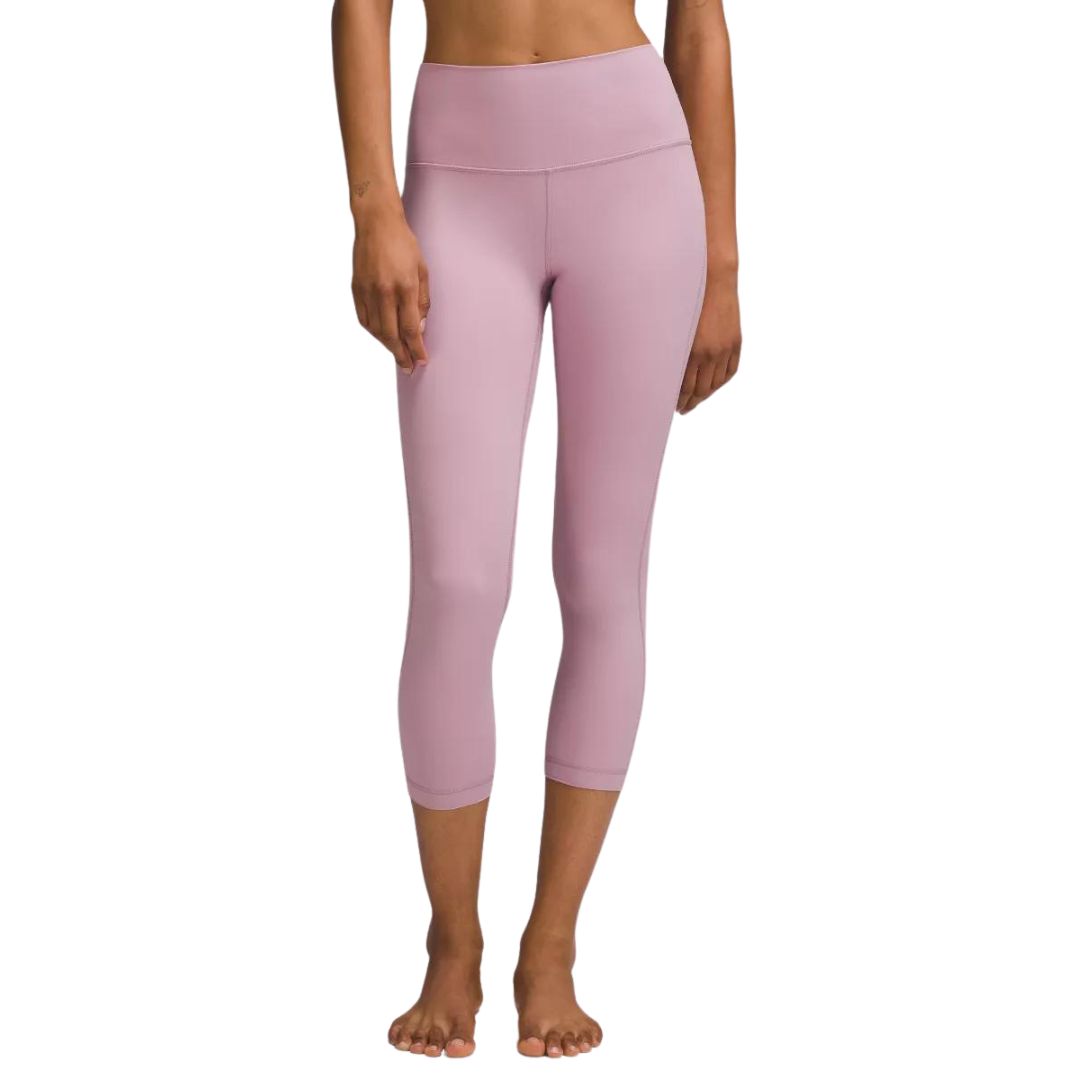
Lightweight and butter-soft, these leggings are your perfect squat partner, and consistently on our wishlist. And did we mention that we love the various leg length options? PSA: the 25 inch is the ideal 7/8th fit for shorter girls.

Ok, ok, so it's not strictly a strength training essential, but when a cable knit is this good, we think it should be worn for everything. Cosy, comfy and in a totally on-trend Autumnal hue, it's our go-to after-class throw on.
Is a pistol squat ever achieveable?
Short answer: Definitely, if you can find the time to practice, practice, and practice some more. "Pistol squats are a challenging unilateral exercise that require a high level of mobility and strength," says personal trainer and founder of The Power of Mum, Nicole Chapman. "There are many factors that may make pistol squats feel impossible to achieve or they simply may not be suitable for you - in particular, if you have any knee weakness or injury then I wouldn’t include them in your training."
That said, they're by no means impossible. "Some of the drills used to achieve the pistol squat are great for building knee strength and joint stability, and providing you have no restricting factors, a pistol squat is attainable. But they are a long-term goal exercise to master, and you should be prepared for months, rather than weeks, of work."
So - will you be giving it a go?

Anna Bartter is a freelance journalist who writes about health, fitness and women's lifestyle for publications including Stylist, Metro and Psychologies, among others.
She's always on a quest to find a variety of fun and functional workouts that give you the most bang for your workout buck and she's passionate about championing movement for everyone's mental and physical wellbeing.
-
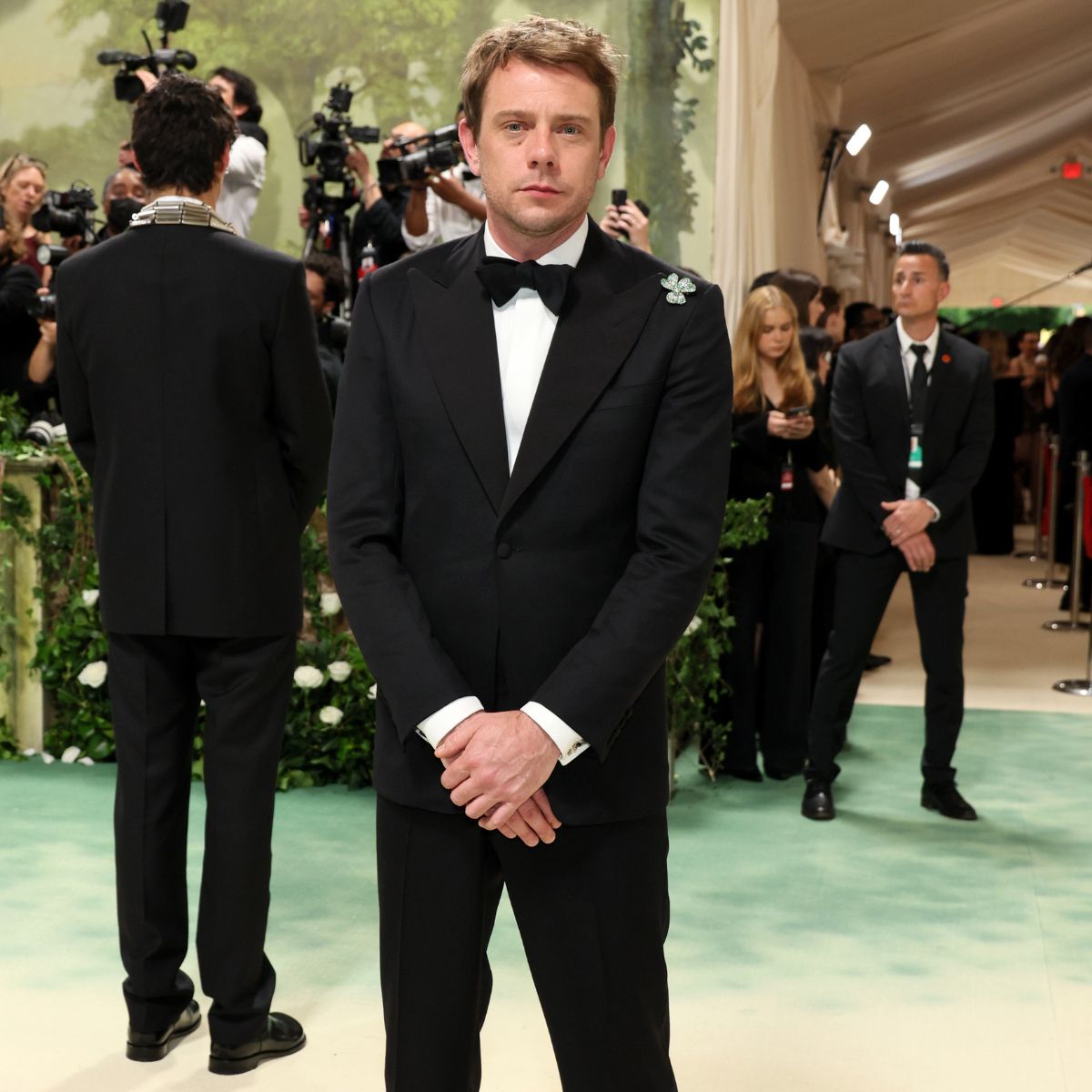 Jonathan Anderson is going to Dior Men
Jonathan Anderson is going to Dior MenHis debut collection will be this June
By Mischa Anouk Smith
-
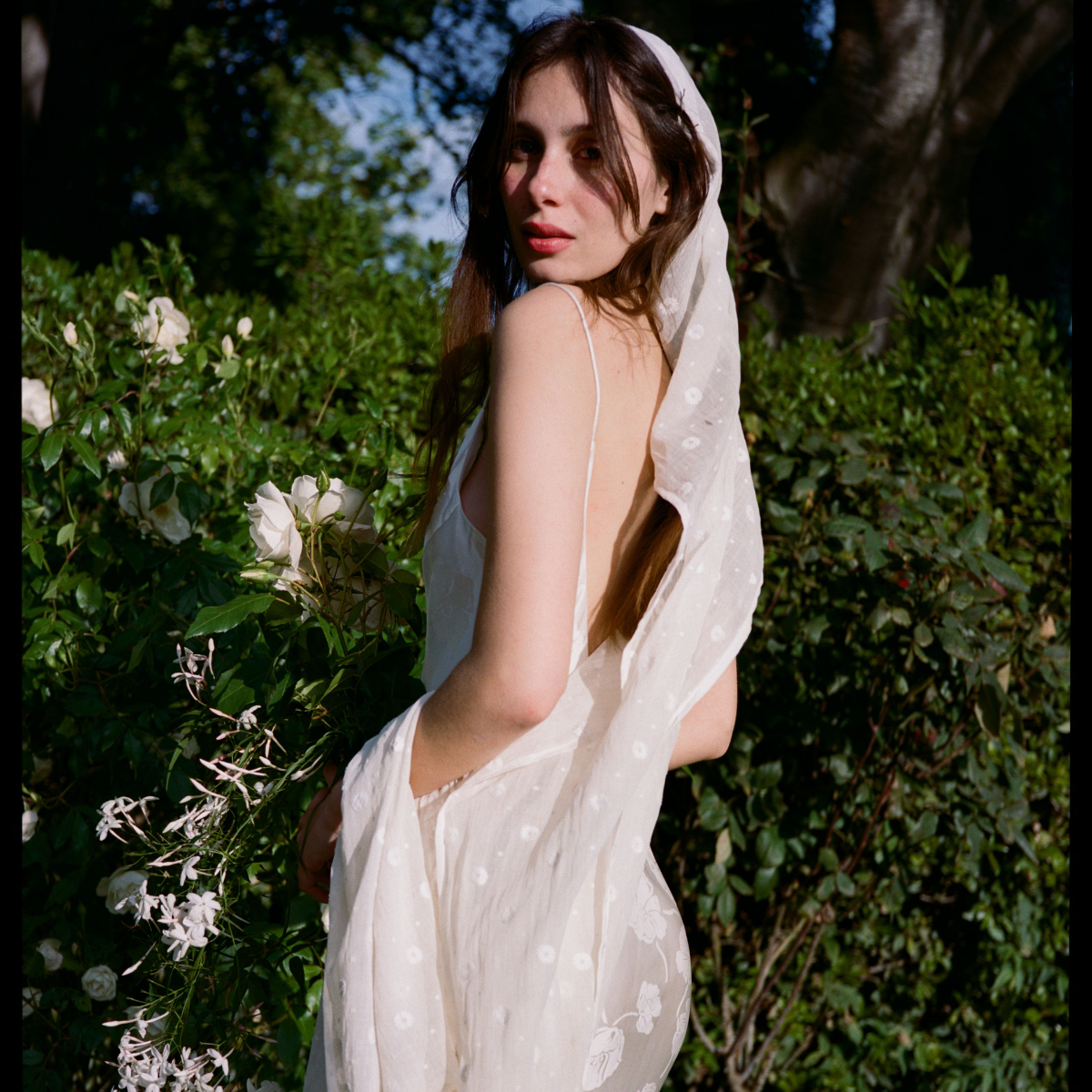 I'm a 2025 bride and these are the best affordable wedding dresses I've found
I'm a 2025 bride and these are the best affordable wedding dresses I've foundLess than £1,000 but still the height of chic
By Sofia Piza
-
 I haven't worn my hair completely natural for years, but this air-dry styling cream has made me love my waves again
I haven't worn my hair completely natural for years, but this air-dry styling cream has made me love my waves againI will never be without this
By Amelia Yeomans
-
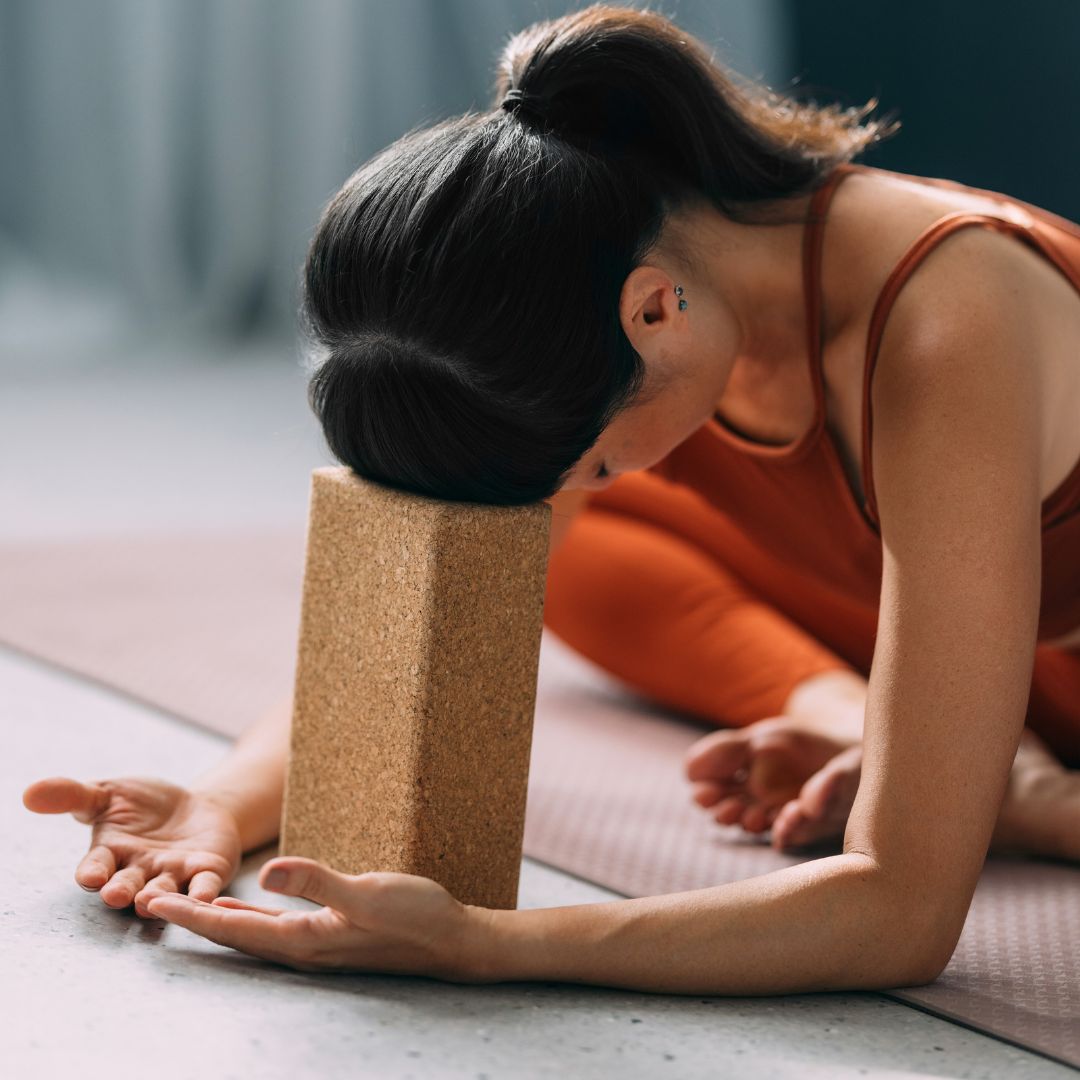 Short on time but keen to boost body and mind? Top experts share their go-to 10-minute yoga flows
Short on time but keen to boost body and mind? Top experts share their go-to 10-minute yoga flowsGuaranteed to make you feel grounded.
By Ashleigh Spiliopoulou
-
 Jump training workouts are being hailed as the best longevity workout you can do - a top personal trainer shares their guide
Jump training workouts are being hailed as the best longevity workout you can do - a top personal trainer shares their guideJump to it...
By Katie Sims
-
 It's the must-have bit of fit kit of the year - a fitness expert shares their 5 top tips for choosing a walking pad
It's the must-have bit of fit kit of the year - a fitness expert shares their 5 top tips for choosing a walking padThis year's fitness must-buy.
By Katie Sims
-
 I tried Pilates roll-downs every day for a week - and was amazed at how quickly it eased years of stiffness
I tried Pilates roll-downs every day for a week - and was amazed at how quickly it eased years of stiffnessConsider my spine more mobile than before.
By Rebecca Shepherd
-
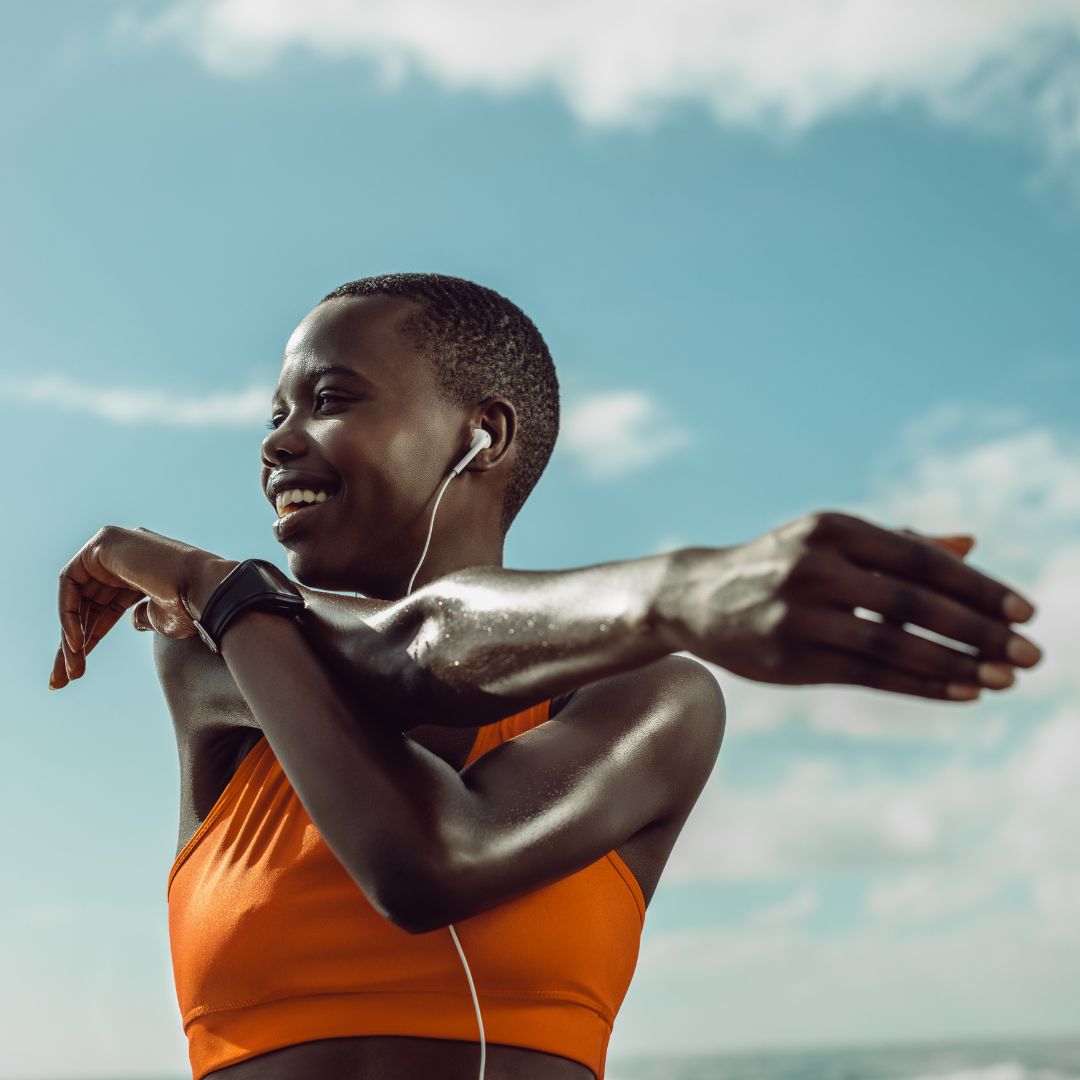 Spring has finally sprung - 6 best outdoor workouts that are totally free and boost both body and mind
Spring has finally sprung - 6 best outdoor workouts that are totally free and boost both body and mindSoak in the nature and boost Vitamin D *and* endorphins.
By Anna Bartter
-
 Fan of low-impact sessions? These are officially the 7 best Pilates apps for boosting strength, tone and mood
Fan of low-impact sessions? These are officially the 7 best Pilates apps for boosting strength, tone and moodYou can thank us later.
By Katie Sims
-
 Eager to get strong from home? 6 advanced resistance band full body workouts that'll boost tone, balance and flexibility
Eager to get strong from home? 6 advanced resistance band full body workouts that'll boost tone, balance and flexibilityYes, you can get strong without weights.
By Anna Bartter
-
 Loving your home workouts this year? 5 best YouTube resistance band workouts that are free *and* effective
Loving your home workouts this year? 5 best YouTube resistance band workouts that are free *and* effectiveSave these for later.
By Anna Bartter